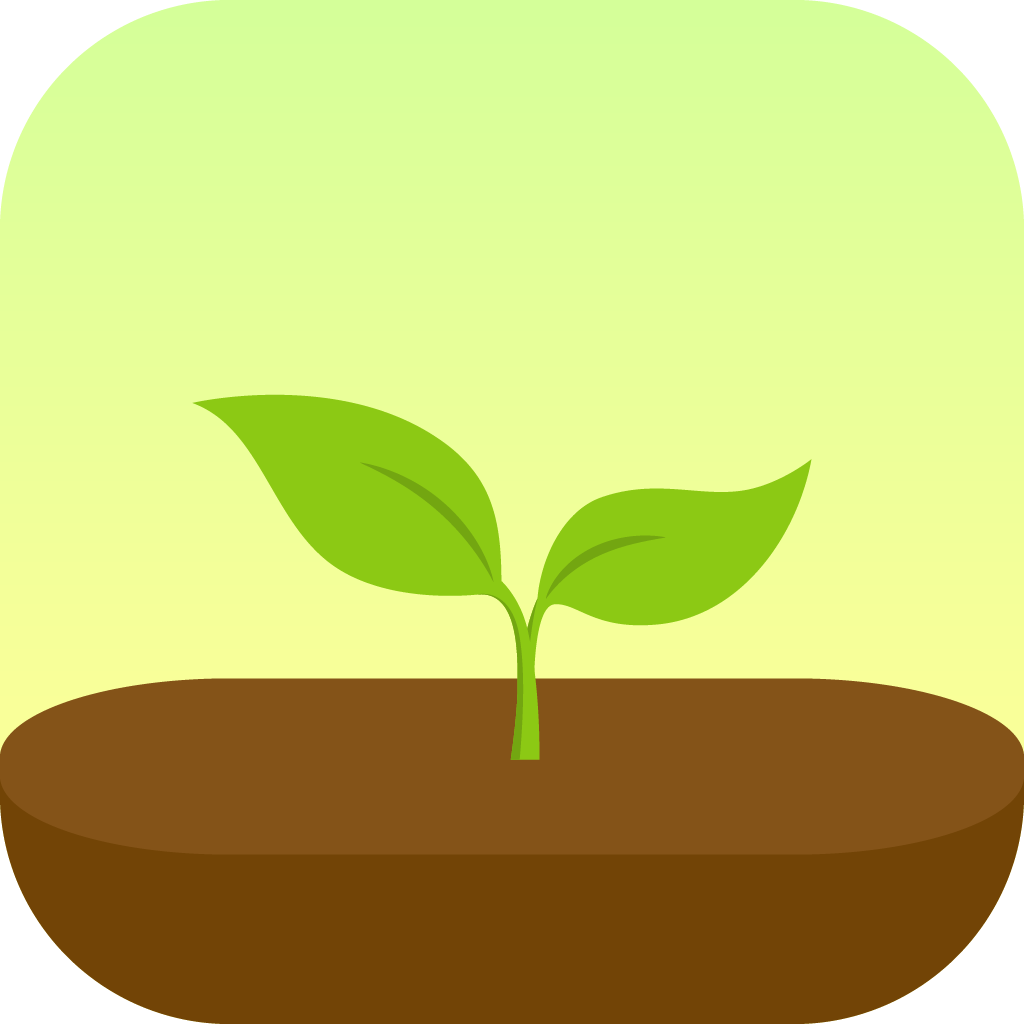One of the Pacific’s largest polluters may have found a solution to the problem of plastic waste in the ocean.
On April 14, 2018, a team of researchers from the University of the Philippines-Baguio published a paper claiming to have discovered four strains of plastic-degrading bacteria. The team discovered the bacteria in the Poon Bato Spring in Zambales on the central island of Luzon. The bacteria degrade a specific kind of plastic called low-density polyethylene (LDPE), commonly used in packaging and single-use bags.
The Philippines, an island nation of about 104 million individuals, is the third-largest producer of plastic waste in the world behind China, a nation with 10 times the population.
On top of the half a million annual tons of the Philippines’ own domestic plastic waste, water currents also carry waste from bordering China and Indonesia into Filipinowaters. Recently, on March 18, 2019, a dead whale washed up in the Philippines with 88 tons of plastic in its stomach.
The Poon Bato Spring where the bacteria were found is unique because of its incredibly alkaline water. Alkaline water means it has a high pH, or is very basic. In this case, the water’s basicity is attributed to dissolved salts, which result in a pH of 11 on a 14-point scale. For comparison, bleach has a pH of 12.6, normal ocean water has a pH of 8.1, and pure water has a pH of 7, which is neutral.
The ability of these bacteria to survive in such basic conditions classifies them as extremophiles. The researchers note that “several studies have reported that extremophiles inhabiting extremely harsh conditions can also degrade polyethylene.”
To determine how effective the bacteria were at degrading low-density polyethylene, researchers measured the change in the mass of polyethylene in the presence of the bacteria after 90 days. The best-performing bacteria were able to reduce the mass of the plastics by 9.9% over this time period.
Though this is significant, more effective strains of bacteria have previously been isolated. The paper points to Hadadet, who in 2015 was able to isolate bacteria “that were able to degrade low-density polyethylene with 11% and 30% weight loss in just 30 days and 120 days.”
The ability of the bacteria to break down low-density polyethylene ultimately means that the bacteria are carry out their metabolism with low-density polyethylene. Just as humans eat food and exhale carbon dioxide, so do the bacteria.
If this setup was scaled up to potentially solve the plastic crisis facing the Philippines, the bacteria would still be a net emitter of greenhouse gasses. Furthermore, the bacteria can use plastics, but prefer to use natural substrates.
Similar to the option of stale cereal versus a fresh sandwich, in the presence of natural materials, the cells prefer to use those. Thus, when the Poon Bato Spring strains are in their natural habitat, they exhibit a very low decay of plastics.
Another factor preventing the potential use of these bacteria is the uncertainty of their ability to live outside their extreme conditions. Ocean water is 1000 times more acidic than their natural spring water, so it is unclear how well these bacteria could survive under these conditions.
While there are still many areas left for research including the exact mechanism of plastic decay, the most effective solution for the Philippines is to decrease pollution. Even under ideal conditions, the rates of decay would not able to keep up with the 245 million tons of plastic waste annually.
Photo Courtesy of Berg Mill Supply Co.




































